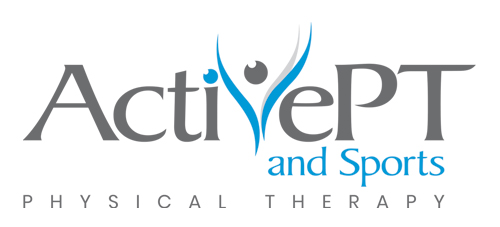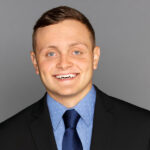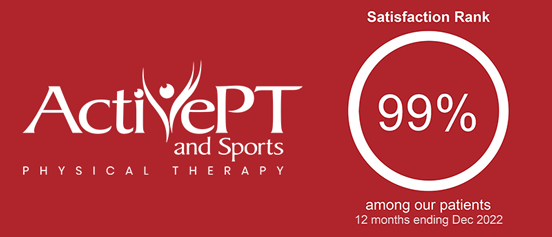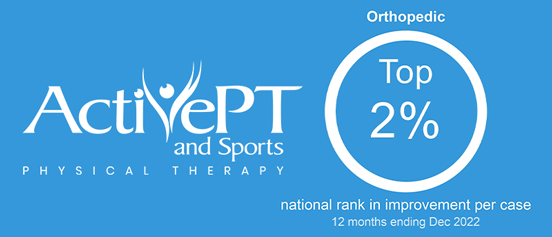If you suffer from headaches and jaw pain the two may be connected. Mild headaches can make it hard to concentrate and severe headaches can make work or school impossible. The International Classification of Headache Disorders (ICHD) defines more than 150 different types of headaches. As a physical therapist, we commonly see less than 10 of these types. Headaches related to the jaw (TMJ) or jaw joint dysfunction (TMD) are quite common, but can also be confused with other types of headaches. Discovering what type of headache you are suffering from is the first step in finding relief.
LOCATION, LOCATION, LOCATION
No, I am not referencing real estate. However, the location of your headache can be one of the keys to identifying the source. Headache location can be perplexing. Some headaches can be at the base of the neck while others are deep behind your eye.
The trigeminal nerve is often responsible for referred pain related to headaches. This nerve supplies sensation to the forehead, temples, ears, chin, and even your teeth. If you experience persistent headaches, pain impulses start in the headache region of your brain, then are transmitted as referred pain to the areas where you feel your headache. The key to relief is finding the source of your headache.
TYPES OF HEADACHES
While headaches are not exactly the same in every person, they have common patterns. These patterns are another key to help medical practitioners, like physical therapists, identify the source of your headache.
When a patient arrives in our physical therapy clinic for headache treatment, we start by identifying how many different types of headaches they have. Some patients only have one type, but many find that they have two or three distinct “types” of headache. One type may be a mild ache in both temples, while the other is severe and located around their right eye. If you have not identified common patterns of your headaches, keep a headache journal and include how many, how often, how long, and where the pain is located. Then, describe the headache. This will help in your journey to pain relief.
Jaw Related Headaches
TMD refers to pain or problems with the jaw joint (TMJ). It is the second most common musculoskeletal pain behind low back pain. One in three people experience at least one symptom of TMD. This issue affects women more than men and most commonly affects people from 25-44 years old. TMD often produces jaw pain, clicking, and popping, but also commonly causes headaches. Our patients often describe a recurring or nagging or achy headaches. Headaches related to TMD can be on one or both sides and mild to moderately painful. Jaw pain is never normal, so if you experience any of these symptoms, seek help from a TMD specialist to help you determine the next best step to relieve your pain.
Cervicogenic Headaches
Headaches that originate from the neck are referred to as cervicogenic. These headaches are very common and make up about 15-20% of all headaches. Your neck, or cervical spine, originates at the base of your skull. In this location, the trigeminal nerve converges with the nerves from the upper three vertebral joints. This convergence, along with many other structures, are thought to be responsible for much of the pain from a cervicogenic headache.
You can identify a cervicogenic headache by being on only one side of your neck, temple, eye or face. They have a tendency to be recurring headaches, are moderate or severe and usually are not a throbbing-type headache. You may find that these headaches originate in the neck and increase with head or neck movement. A good test is to apply pressure to the suboccipital muscles at the base of your skill near your neck. If your headache increases, you likely have a cervicogenic headache.
Tension Headaches
The name “tension” paints the picture of this type of headache. Tension headaches produce a feeling of tightness, like having a band or a vice on your head. Pain is located on both sides of the head, commonly in the temples, forehead and sometimes the neck. They occur frequently, often 1-30 times each month and don’t typically change when you turn your head.
Migraine Headaches
If you have ever suffered a migraine or know someone who has, you know they can be severe. These headaches may start as a dull ache in the temples or the side of your head. Over time, the pain may intensify to a moderate or severe throbbing. They can make you sensitive to light or noise and cause nausea and vomiting. Different from a cervicogenic headache, neck motion usually does not change a migraine. These are less frequent than tension headaches, often only one to four times each month and last up to three days. While medication may be more effective than physical therapy for migraine headaches, we often discover that migraine sufferers experience more than one type of headache. A visit with a headache specialist is often still worthwhile to help reduce pain from other sources and learn more about migraine headache prevention.
GET HEADACHE RELIEF
The first step to relief of your headaches may require some self-reflection. Sleep, hydration, and stress all play a part in headache symptoms. Start by tracking your sleep amount and quality. You can use a simple, like Sleep Cycle to track your sleep quality or something as high tech as the Oura Ring. Either way, improving your sleep quality and getting 7-8 hours of sleep can help reduce headache pain. Reducing stress and healthy hydration can also help!
If you experience jaw issues as well as headaches, a physical therapist may not be the first resource that comes to mind for pain relief. However, TMD and headaches are two of our niche areas of practice. In all types of headaches, pain is often relieved with deep tissue mobilization, joint manipulation, and dry needling with electrical stimulation to the affected muscles. These hands-on techniques are critical in relieving pain because exercises alone have not been shown as effective in fast pain relief. Be wary of practitioners who don’t regularly treat headaches and TMD. Your therapist is more likely to relieve your pain if they see your issue on a regular basis and have advanced training in the treatment of TMD.
For sufferers of TMD and cervicogenic headaches, learning exercises to help improve your posture and neck muscle endurance can also help to improve your long-term results. Similar to cervicogenic headaches, hands-on techniques are typically very effective in reducing tension headaches. If you have seen a physical therapist in the past that only taught you exercises, don’t give up on PT! Search for a therapist that focuses on manual therapy treatment for headaches and you’ll almost always find more relief.
If you are struggling with symptoms of headaches or TMD, getting answers to your questions is easy. Consult with one of our specialists today at no cost. Our free screening appointments allow you to meet with a specialist for 15 minutes and get your questions answered today.
ABOUT THE AUTHORS
Brian McQuilkin, physical therapist, is a board certified orthopedic clinical specialist (OCS). He completed the University of Minnesota at St. Augustine TMD and Orofacial Pain Miniresidency in addition to advanced training courses in the treatment of TMD and headaches. Brian has a passion for treating headaches, neck, and jaw pain.







